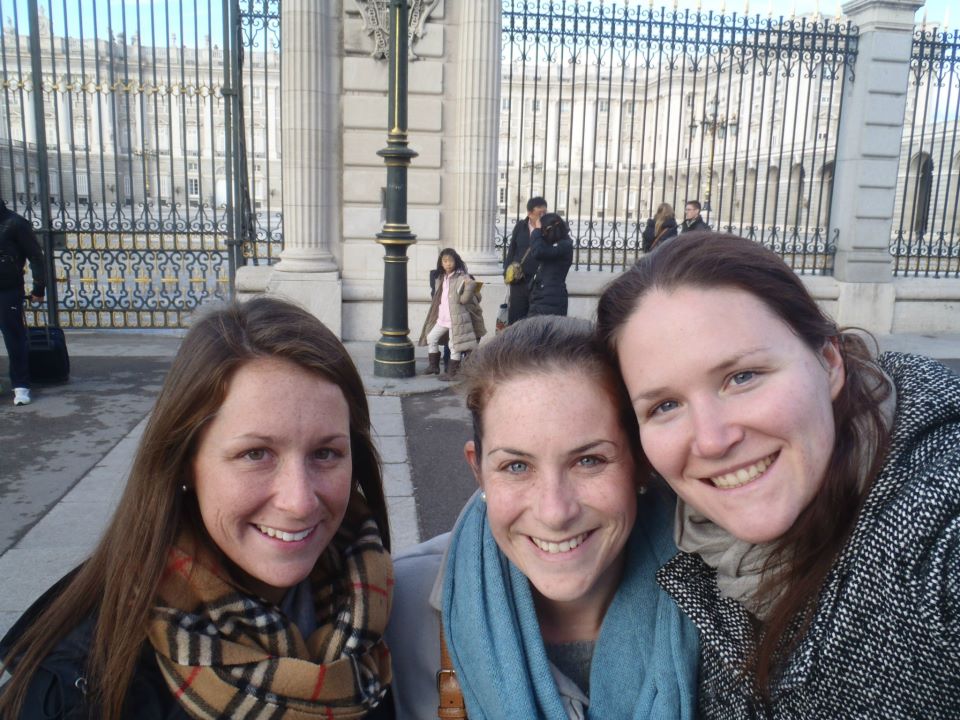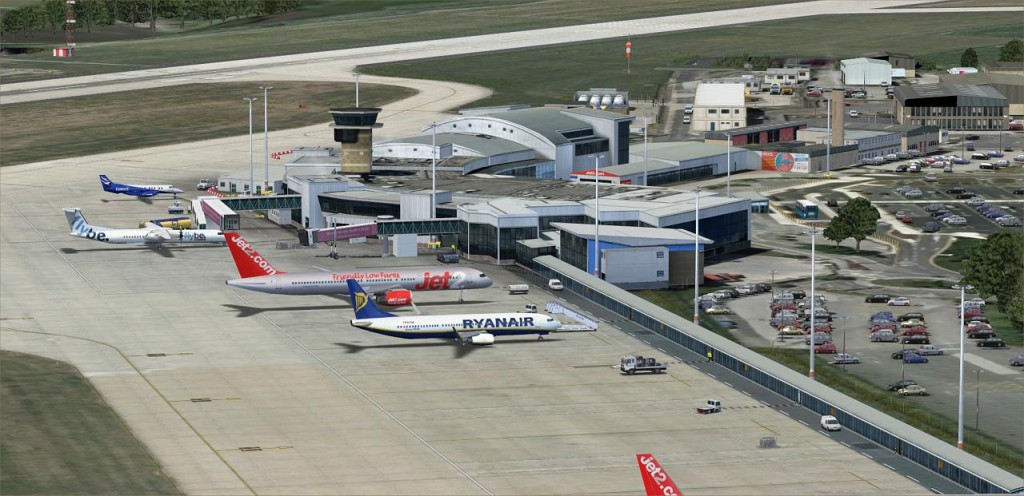I Facebooked the world about the news: I had finally bought tickets to attend Oktoberfest and visit my cousins in Germany! My cousin and one of my childhood best friends, Christyn, a traveler and adventurer in her own right, was excited to hear the news, but it turns out buying the airline tickets was the easiest part.
“Well, you practically travel for a living,” she said, “Why don’t you figure out the logistics? How to get there from Bann, where to stay, tent tickets…”
As it turns out, my logistical planning starts from the moment I get out of work on Thursday in late September, as I’ll have to drive to the Málaga airport and stay overnight before catching a flight early the next morning. What’s going to happen to my Pequeño Monty, my beloved new car? I remembered my dad, a travel hacker extraordinaire, always seeking out the best options for when it came time for our yearly trips out west to ski. Al ataque!
Airport Parking Options
When you’re heading off on holiday and you need to book airport car parking, whether it’s Stansted, Glasgow or perhaps Leeds Bradford Airport parking, there are a number of different parking options to consider. These can be loosely grouped into two main locations – on-and off-site parking.
On-Site Parking
You might think that on-site parking would be the most convenient option, as you’re closer to the terminal. This may be true if you book a car park that’s within walking distance of the terminal. But sometimes when you park in a remote long stay car park that requires a transfer service to reach the airport, it can often take a comparable amount of time to park off-site – and it might be cheaper too (see below for more information about off-site parking).
On-site parking can include transfers to help passengers get from one part of the airport grounds to the terminal, and when you have booked and paid for car parking, the shuttle cost is usually included. Other forms of on-site parking include Meet and Greet or Valet parking. This involves dropping your car off and having it parked for you while you walk to the terminal to catch your flight, and on your return, your car will be waiting just a short distance from the airport. It’s expensive, but it’s also convenient and quick.
Off-Site Parking
Similar to remote long stay car parks, off-site parking involves parking at a distance from the airport and using an inclusive shuttle service to transport you to and from the terminal. The main difference is that most off-site car park operators will park your car for you while you catch the shuttle, and it’s often one of the most affordable options too. So if cost is more important and you’re happy to take a short shuttle to the airport, this is usually the best option.
If you’re a traveler, what do you typically do for airport parking? Any great tips to add? PS This post was written by a third party, and I was compensated for it. No te preocupes – I fact checked!







